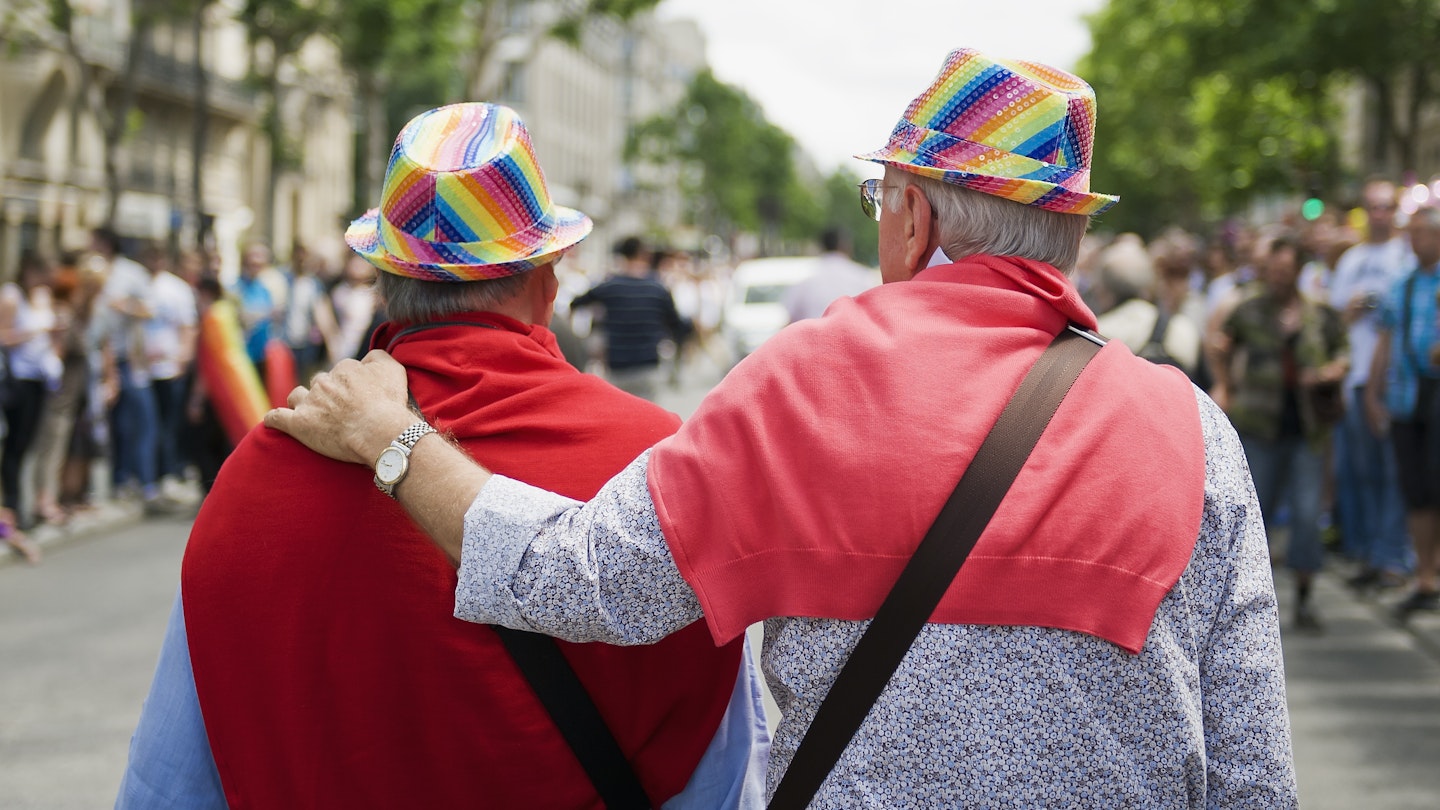Civil Rights and Women’s Suffrage Landmarks in New York City
A New York City preservation organization is striving to secure landmark designations for several crucial civil rights and women’s suffrage sites located downtown. The campaign, led by Village Preservation – the historic preservation society of Greenwich Village – aims to acknowledge and safeguard significant sites linked to the histories of these vital movements.
“The work done by the NAACP, the National Gay Task Force, and the New York Woman Suffrage League in their early years blazed trails and changed lives for generations that followed,” says Village Preservation’s executive director, Andrew Berman. “It’s no coincidence that they were all located here, within footsteps of one another. This area was an unrivaled nexus of political organizing and social and cultural innovation, deserving recognition and preservation by the city of New York.”

Located at 17 East 13th Street, between Fifth Avenue and University Place, is a humble brick building constructed in 1911 that originally housed a printing press. This site became significant in the 1940s when acclaimed feminist and LGBTQ writer Anaïs Nin chose it as the location for her personal printing press.

At 55 Fifth Avenue, an impressive neo-Renaissance–style building constructed in 1912, significant music history unfolded. This site served as the home of Columbia Phonograph Recording studios in the 1920s and ’30s. Producer and civil rights activist John Hammond recorded the first integrated musical performances here, with notable artists like Billie Holiday and Bessie Smith contributing to its legacy. The publishers of the feminist classic The Feminine Mystique, W.W. Norton & Co., also occupied this building.

The 1912 Beaux Arts–style office building at the corner of Fifth Avenue and 13th Street served as the NAACP’s headquarters for over a decade, from 1914 until around 1925. It was here that the organization launched vital anti-lynching campaigns and efforts against discrimination and segregation, additionally giving rise to the Crisis magazine, which provided a platform for Black writers like Langston Hughes and Zora Neale Hurston.
Further up the block, the 1908 Renaissance Revival–style building at 80 Fifth Avenue was the original headquarters of the National Gay Task Force, the first and oldest national LGBTQ rights group in the U.S. Operating from 1973 until 1985, the organization achieved groundbreaking milestones, such as ending employment discrimination against gay and lesbian individuals in the federal government and successfully advocating for legislation extending civil rights and protections against hate crimes.

The 1884 cast-iron building at 10 East 14th Street now accommodates a bank, an interior designer’s office, and condos. However, this site was once the headquarters of the New York City Woman Suffrage League, which was instrumental in the fight for women’s voting rights. The League hosted numerous rallies featuring notable suffragists like Elizabeth Cady Stanton and influential labor leaders.
“These buildings encapsulate well over a century of struggle for civil rights and equality for African Americans, women, and LGBTQ people. Astonishingly, many of the battles first waged here are still being fought today or are only just now reaching success,” Berman notes. “With the resurgent Black Lives Matter movement, the centennial of women’s suffrage, and the recent Supreme Court decision extending civil rights protections to LGBTQ individuals nationally, it is vital that we remember, honor, and protect this history.” For additional information, visit villagepreservation.org.





